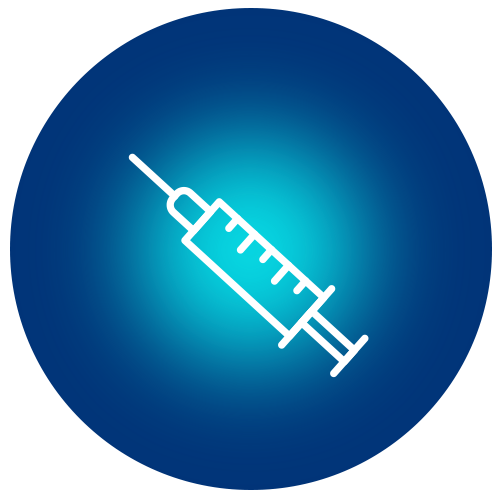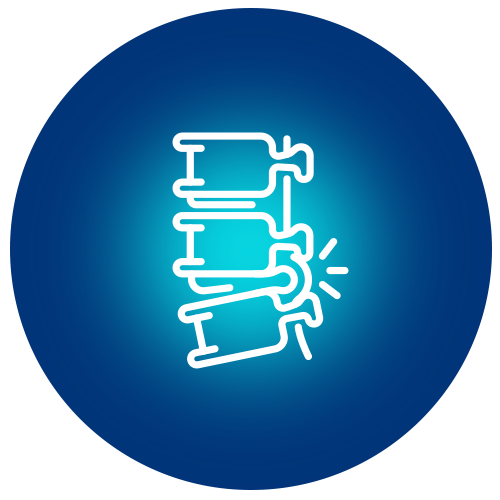Don't Let a Sports Injury Keep You on the Sidelines.
Are you struggling with pain and searching for the best Sports Injury Treatment in Chandigarh, Mohali, and Panchkula?
At Pain Medics Clinic, we don’t just treat injuries—we restore peak performance. Our approach provides comprehensive, personalized care plans designed to get athletes, professionals, and fitness enthusiasts back to their sport safely and quickly, often without the need for surgery.
What We Treat: Common Sports Injuries
Sports injuries are common and can affect anyone from a professional athlete to a weekend warrior. We specialize in diagnosing and treating injuries across all major joints and muscle groups, including:

Shoulder
Rotator cuff tears, labral tears, impingement, dislocations.

Knee
Ligament tears (ACL/MCL/PCL), meniscus tears, patellofemoral pain.

Ankle & Foot
Achilles tendonitis, sprains, plantar fasciitis.

Elbow & Wrist
Tennis elbow (lateral epicondylitis), golfer’s elbow (medial epicondylitis), wrist sprains.

Back & Neck
Sciatica, muscle strains, facet joint pain.
Our Advanced, Non-Surgical Sports Injury Solutions
The most critical time in recovery is the beginning. We move beyond simple rest and ice by utilizing cutting-edge, minimally invasive procedures that target the source of your pain, accelerate healing, and rebuild strength.
| Treatment Category | Key Procedures | Benefit for Recovery |
|---|---|---|
| Regenerative Medicine | Platelet-Rich Plasma (PRP) Therapy and Stem Cell Therapy | Uses your body’s own resources to accelerate healing of tendons, ligaments, and cartilage, promoting long-term repair. |
| Pain & Inflammation Control | Joint Injections and Epidural Injections | Provides immediate relief by targeting specific painful joints and reducing severe inflammation to kickstart rehabilitation. |
| Nerve Pain Relief | Radio Frequency Ablation (RFA) and Nerve Blocks | Offers long-lasting, sustained relief for chronic, persistent nerve-mediated pain stemming from an injury. |
Why Choose Pain Medics Clinic?
We understand the athlete’s mindset. Our integrated approach focuses not just on pain elimination, but on functional restoration.
Expert Specialists:
Our team specializes in interventional pain management and sports medicine.
Personalized Plans:
Every plan integrates our advanced interventions with a tailored Physiotherapy and Rehabilitation schedule.
Local Focus:
We are the trusted choice for athletes and active individuals across Chandigarh, Mohali, and Panchkula.

